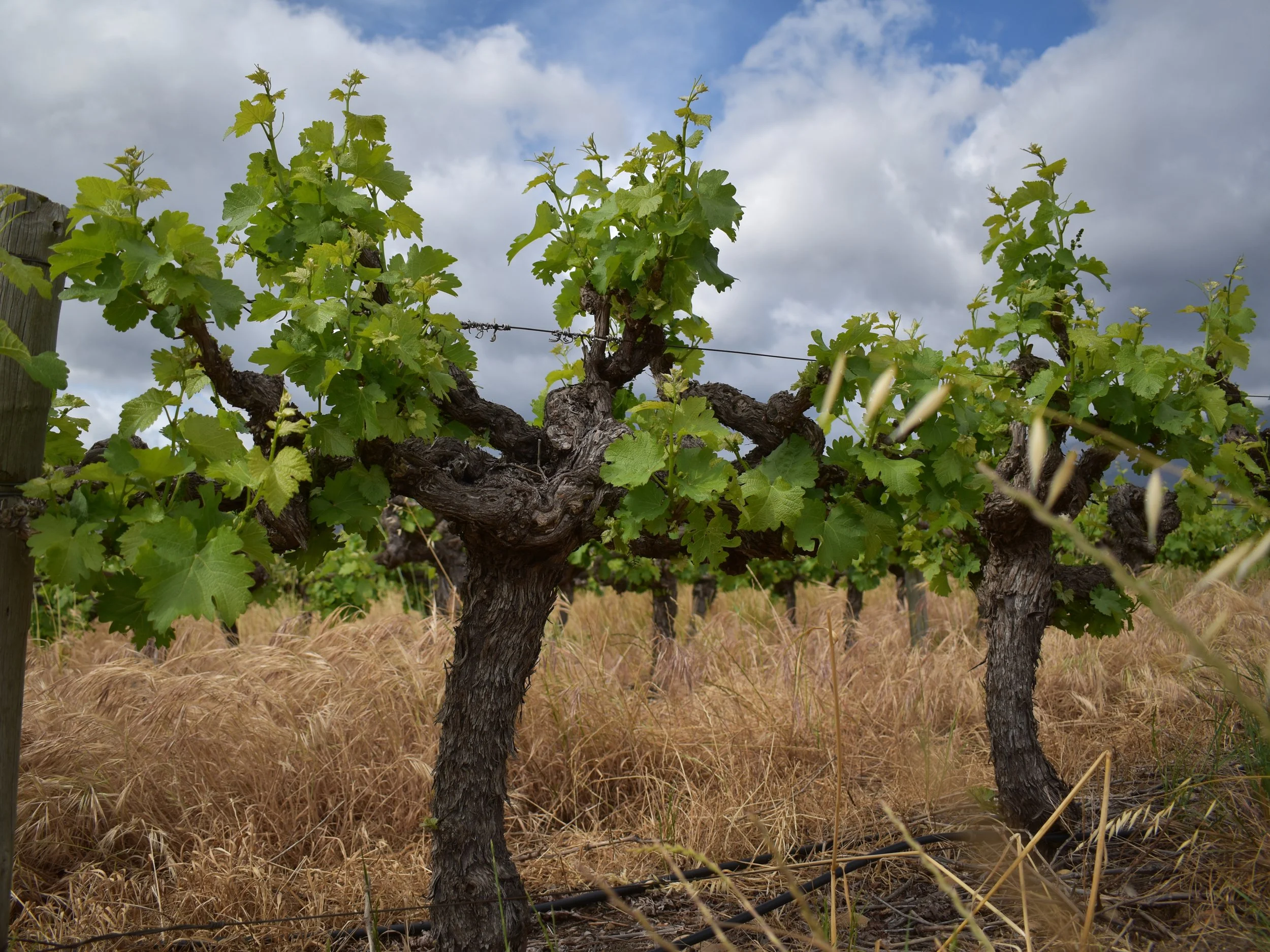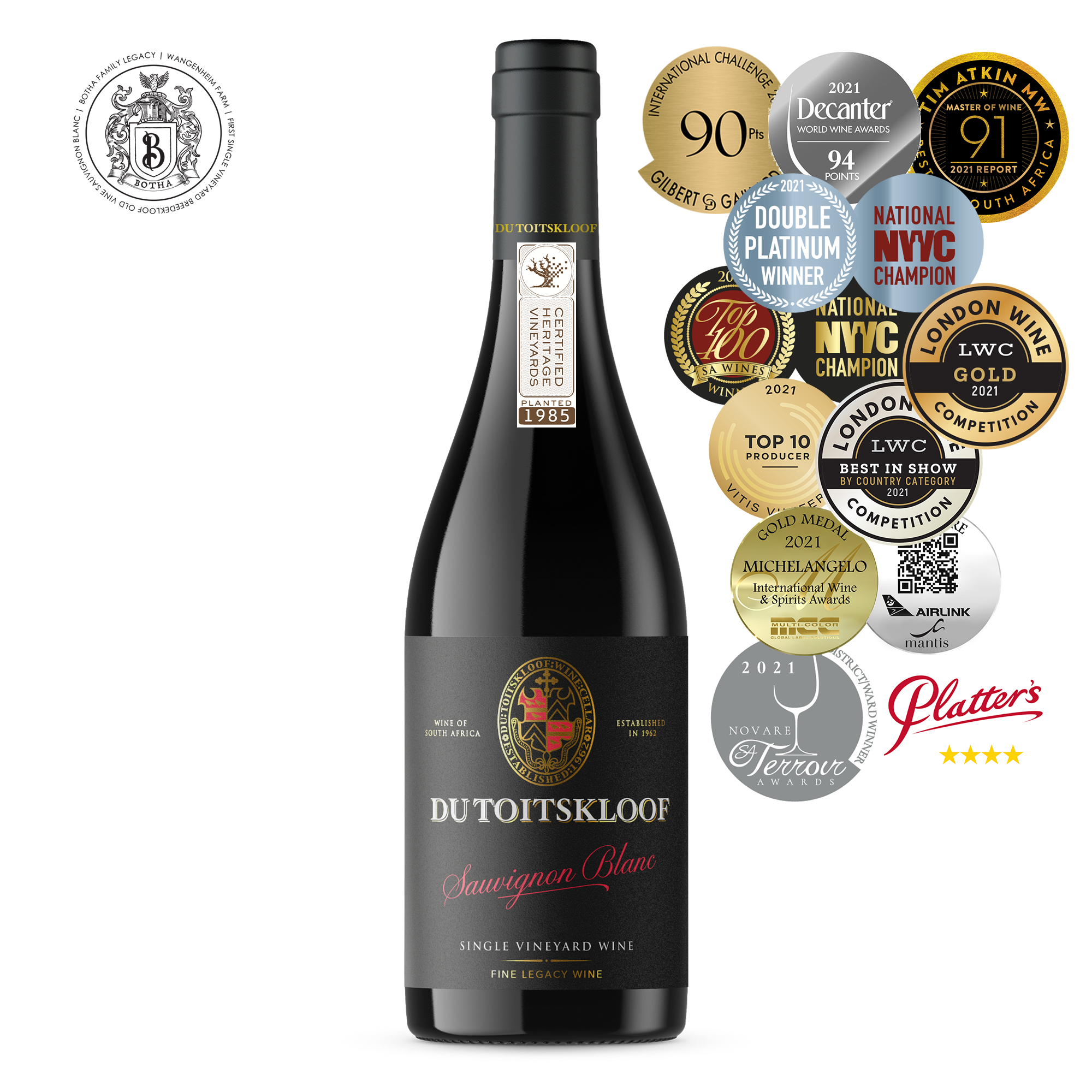Old Vine Sauvignon Blanc wins a Terroir Award
Du Toitskloof Old Vine Sauvignon Blanc 2020 was announced as the Breedekloof Area Winner for Sauvignon Blanc in the latest Novare SA Terroir Wine Awards.
Writing & Images by Du Toitskloof Viticulturist, Madeline Du Toit
Climate, rainfall, soil type and land features all come together to affect a wine’s distinctive character. The commonly used term that describes the concept is terroir.
The concept of terroir dates to Ancient Greece. A time when extensive winemaking started and the use of various climates to create different wine styles, was born. The diversity portrayed in the wines resulted in the Greeks stamping their amphorae jars to identify where the specific wines came from. These were the first examples that later led to the modern vineyard classification legislations worldwide.
The Novare SA Terroir Wine Awards started in 2005 led by Marius Labuschagne. The competition celebrates wines that accurately represent South Africa’s different wine-growing regions. Currently, it belongs to the South African National Wine Show Association. In the 2021 competition, Du Toitskloof Old Vine Sauvignon Blanc 2020 received the award for the best Sauvignon Blanc in the Breedekloof region.
Sauvignon Blanc originated in France in the 18th century and can now be found worldwide in countries like South Africa, Australia, Chile, New Zealand and California. Sauvignon Blanc has been cultivated in South Africa since 1920 and popularity grew immensely in the 1980s.
Sauvignon Blanc flourishes in cooler ripening conditions compared to other cultivars. Lower day and night temperatures during ripening assist in creating the typical cultivar aroma profile. The aroma development can be overly sensitive to stress due to heat and drought conditions and therefore performs better in cool, high rainfall regions.
The Breedekloof covers a large area and has a diverse range of microclimates, soil types and geomorphology. There are specific unique qualities that make this old vine vineyard the perfect site for Sauvignon Blanc.
The block was planted in 1985 in alluvial soils with a large sand fraction, located close to the foot of the Du Toitskloof Mountain Range. The soil has good drainage but has enough water retention capabilities that protect the vines from drought stress. The vines were grafted on the rootstock Richter 99, which is one of the most drought-resistant rootstocks and further protects these vines from stress caused by drought conditions. Given its location in the mountains, the vines are subjected to enough cold units in the winter to ensure successful, even budding. During the ripening season, the mountains cast a shadow over the vineyard in the late afternoon protecting the grapes from extreme exposure to heat. This makes a major contribution to the unique aroma profile that develops during ripening.
All these components come together to create a Sauvignon Blanc with a beautiful balance of fresh aromas of citrus, herbs and Cape gooseberries and tropical fruity notes such as kiwi and guava that are complemented by the ideal levels of natural acidity.






